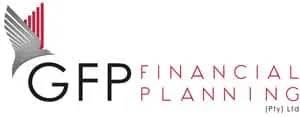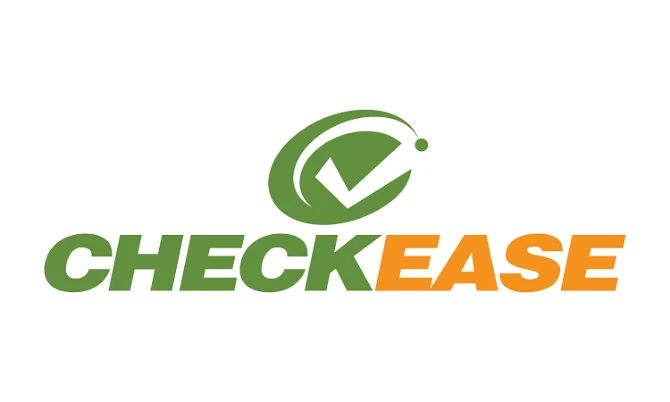GFP (GNU Finance Planner)
GFP (GNU Finance Planner) is an older but still practical open-source budgeting tool designed to help individuals and families get a grip on day-to-day money management. Unlike polished commercial finance suites, GFP focuses on clarity and structure: budgets are built around categories and time periods, giving a direct view of where money comes from and where it goes.
Everyday use
The program is centered on the concept of planning. A user sets up categories such as rent, utilities, food, or transport, then allocates expected income and spending across weeks or months. Actual transactions are entered by hand, and GFP shows the gap between plan and reality. Its interface is plain — lists, tables, and a few graphs — but that’s often enough to keep finances organized without distractions.
Why some still prefer it
Despite its age, GFP remains attractive for those who value lightweight tools and open formats. Being open-source, it runs on multiple platforms and keeps data local. For many, the charm lies in its transparency: no hidden processes, no online dependencies, and complete control over personal files.
Key facts
| Item | Details |
| Purpose | Budget planning and expense tracking |
| Platforms | Windows, Linux, macOS |
| License | Open-source (GNU GPL) |
| Data storage | Local files |
| Import / Export | CSV supported |
| Core features | Categories, budget planning, manual transaction entry |
| Reporting | Budget vs. actual, summaries by category |
| Extras | Simple graphs, multi-language support |
| Privacy | Fully offline |
| Download | Free open-source release |
Installation notes
On Linux systems, GFP is often available via package managers. For Windows and macOS, builds can be downloaded from community repositories or compiled from source. Because it is lightweight, installation is quick and does not demand heavy system resources.
Real-world scenarios
– A household sets up a yearly plan for main expenses (rent, utilities, transport) and uses GFP to compare actual spending with the plan.
– A student records monthly allowance and costs for books, food, and housing to avoid overspending.
– A small community group uses GFP as a simple way to plan donations and project costs without moving to complex accounting software.
Where it shows limits
GFP’s interface feels dated, and it lacks features like automatic bank synchronization, forecasting, or mobile versions. Reports are functional but not polished. Users who expect modern visuals or advanced tools may find it too bare.
In short
GFP (GNU Finance Planner) is a no-frills budgeting application that does what it promises: helps people plan and stick to a household budget. For those who prefer simplicity, offline use, and open-source transparency, it remains a valid option even today.






